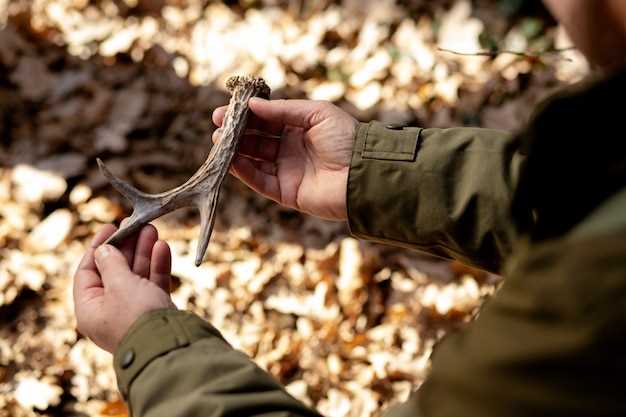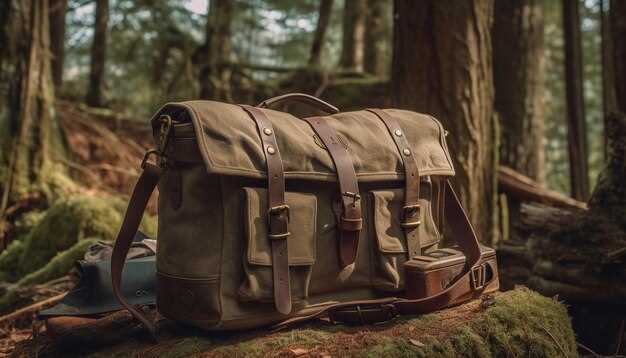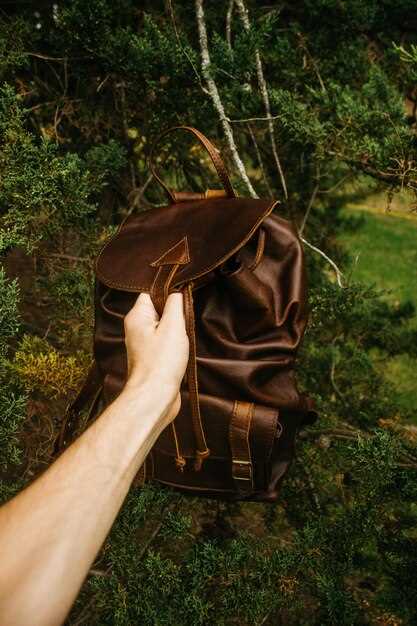
How to choose the right hunting backpack

When embarking on a successful hunting trip, the right backpack can make all the difference in your overall experience. A well-designed hunting backpack not only provides ample storage for your gear but also ensures that the load is distributed evenly, allowing for greater mobility and comfort in the field. With the wide variety of options available on the market, selecting the perfect backpack tailored to your specific needs is essential for both novice and seasoned hunters.
First and foremost, understanding the nature of your hunt is critical when choosing a backpack. Whether you’re planning a day trip or a multi-day excursion, the type of gear you need to carry will influence the size and features of your backpack. Considerations such as the terrain, climate, and duration of your hunt will dictate the essentials that must accompany you, ensuring that your pack can handle the load without compromising your effectiveness.
Additionally, pay close attention to the design and features of the backpack, including support systems, pocket configurations, and materials. A well-constructed hunting backpack should offer adjustable straps, ventilation, and waterproof capabilities to protect your gear from the elements. By prioritizing these aspects, you can find a pack that not only accommodates your load but also enhances your overall hunting experience.
Evaluating Capacity and Gear Load for Different Hunting Scenarios

When selecting a hunting backpack, understanding its capacity and how it accommodates your gear load for various hunting scenarios is crucial. Different hunting situations demand different gear, and your backpack must reflect these needs to ensure efficiency and comfort.
For day hunts, a smaller backpack with a capacity of 20 to 30 liters is often sufficient. This size allows you to carry essentials like water, snacks, a basic first aid kit, and a rangefinder without weighing you down. Lightweight loads are essential when you need to remain agile and mobile, particularly in active tracking or when stalking game.
In contrast, for multi-day hunts, you’ll require a larger capacity backpack, ideally in the range of 50 to 70 liters. This size accommodates additional gear such as cooking equipment, extra clothing layers, sleeping bags, and food supplies. When packing for extended trips, consider the weight distribution within the backpack to maintain balance and support during your trek.
Evaluating your specific hunting scenario also involves understanding the type of gear you typically carry. For example, bow hunters might need specialized compartments for their gear, whereas rifle hunters might prioritize space for ammunition and cleaning supplies. A well-organized backpack can markedly enhance your effectiveness in the field, as you can access equipment quickly without unpacking everything.
Lastly, while selecting a backpack, always consider the load it will bear in relation to your physical capabilities. A backpack that is too heavy can lead to fatigue and diminish your ability to hunt effectively. Ensuring that your gear load is manageable, regardless of the size of your backpack, will allow you to focus on your hunting objectives without the distraction of discomfort or strain.
Key Features to Look for in a Hunting Backpack
When selecting a hunting backpack, several key features can significantly enhance your experience in the field. First, consider the backpack’s capacity. A well-sized backpack should accommodate all necessary gear while allowing for a balanced load, minimizing fatigue during long treks.
Another essential feature is the weight distribution system. Look for backpacks designed with adjustable straps and load-lifting capabilities. This ensures that the weight stays close to your body, facilitating better movement and stability while on the hunt.
Durability is critical in a hunting backpack, as it will be exposed to various weather conditions and rugged terrains. Opt for materials that are water-resistant or waterproof to protect your equipment and provisions from the elements.
Compartments and pockets are vital for organization. A hunting backpack should offer multiple, easily accessible pockets for essential items such as your hunting license, snacks, and tools. Specialized compartments for ammunition and hydration reservoirs can further streamline your hunting experience.
Comfort is paramount when carrying a load for extended periods. Look for padded shoulder straps, a breathable back panel, and an adjustable hip belt. These features not only distribute weight efficiently but also enhance overall comfort, allowing you to stay focused on your hunt.
Lastly, consider the backpack’s camouflage pattern and color. A good hunting backpack should blend seamlessly with the environment, aiding in your stealth and effectiveness while hunting. Choose a design that suits your typical hunting surroundings for the best results.
Adjusting Fit and Comfort for Extended Use in the Field

When selecting a hunting backpack, achieving the right fit and comfort is crucial for extended use. A well-fitted backpack can significantly enhance your overall hunting experience, allowing you to carry your gear without unnecessary strain. Start by adjusting the shoulder straps to ensure they sit comfortably without pressing into the shoulders. They should ideally distribute weight evenly across your body, preventing fatigue during long treks.
Next, focus on the hip belt, which should rest comfortably on your hips and help stabilize the backpack. It is essential for the hip belt to be snug but not overly tight, allowing for adequate blood circulation while still providing the necessary support. Adjusting the load-lifter straps on the backpack can also optimize weight distribution, allowing for better balance when maneuvering through various terrains.
Additionally, consider the back panel design of the backpack. Look for models that offer padding and ventilation, as these features can help manage moisture and heat buildup, making long days in the field more comfortable. Testing the backpack with some weight before committing to it will help you understand how it feels over extended periods.
Finally, remember that comfort may vary based on clothing layers and personal preferences. Always ensure that your gear fits snugly yet comfortably to avoid unnecessary movement, which can lead to soreness. By paying attention to these adjustments, you can greatly enhance your hunting experience and tackle long days in the field with confidence.




